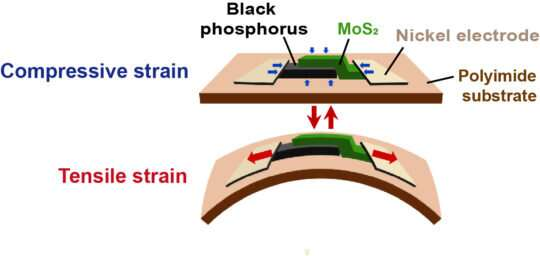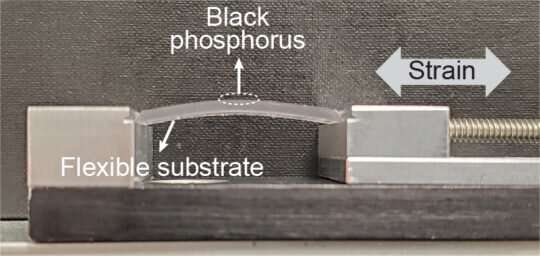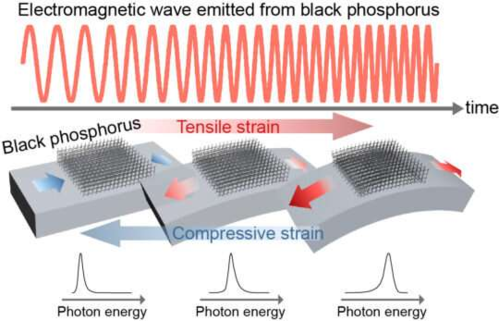Researchers Dumped Tons Of Coffee Waste Into A Forest. This Is What It Looks Like Now.
--
https://www.upworthy.com/researchers-dumped-tons-of-coffee-waste-in-a-forest-ex1 <-- shared article
--
https://doi.org/10.1002/2688-8319.12054 <-- shared paper
--
#GIS #spatial #mapping #forest #waste #regeneration #coffee #biomass #forest #waterquality #soil #agroindustry #tropicalforest #recovery #CostaRica #change #soilnutrients #groundcover #understoryvegetation, #treeestablishment #canopycover #tree #vegetation #soil #carbon #nitrogen #fertility #phosphorous #forestsuccession #restoration

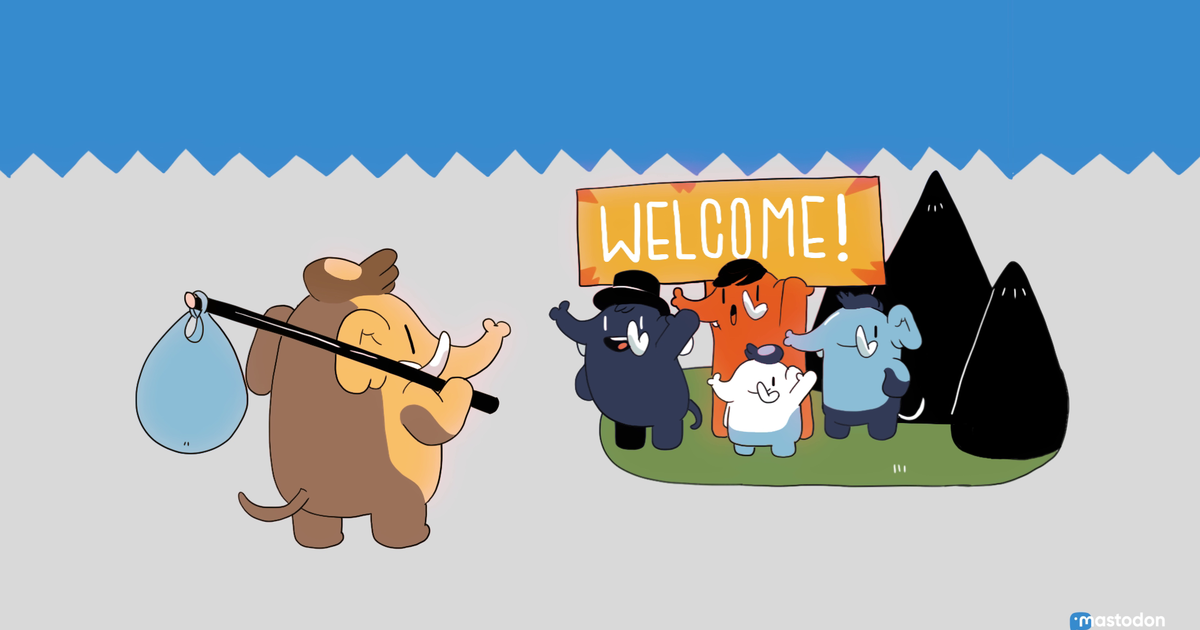
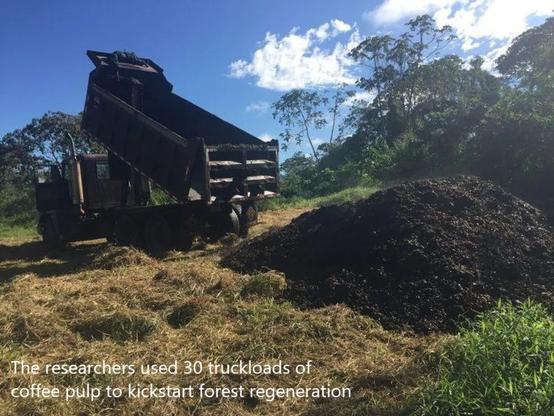
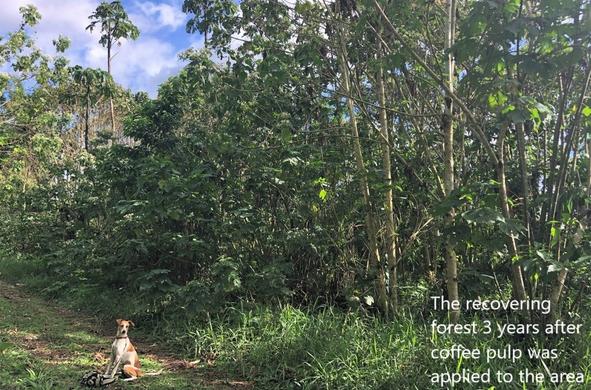
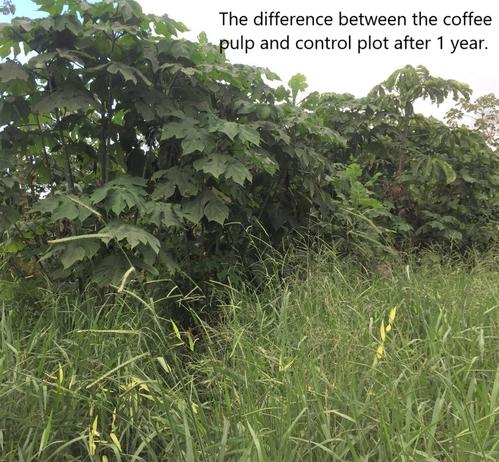
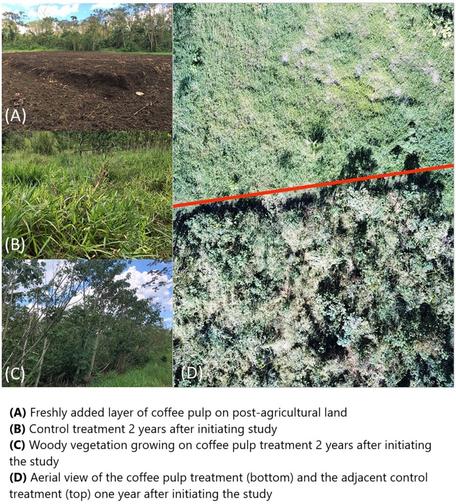
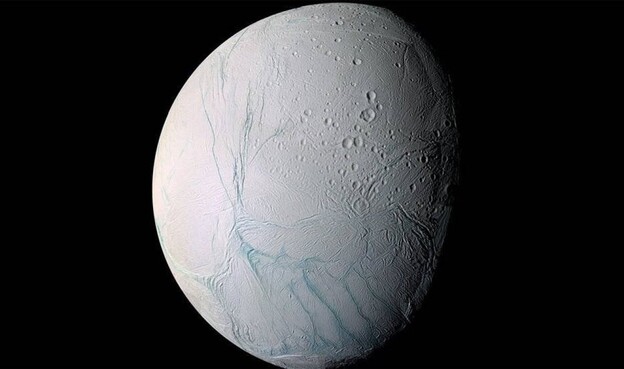
 Fred Campaigne
Fred Campaigne 